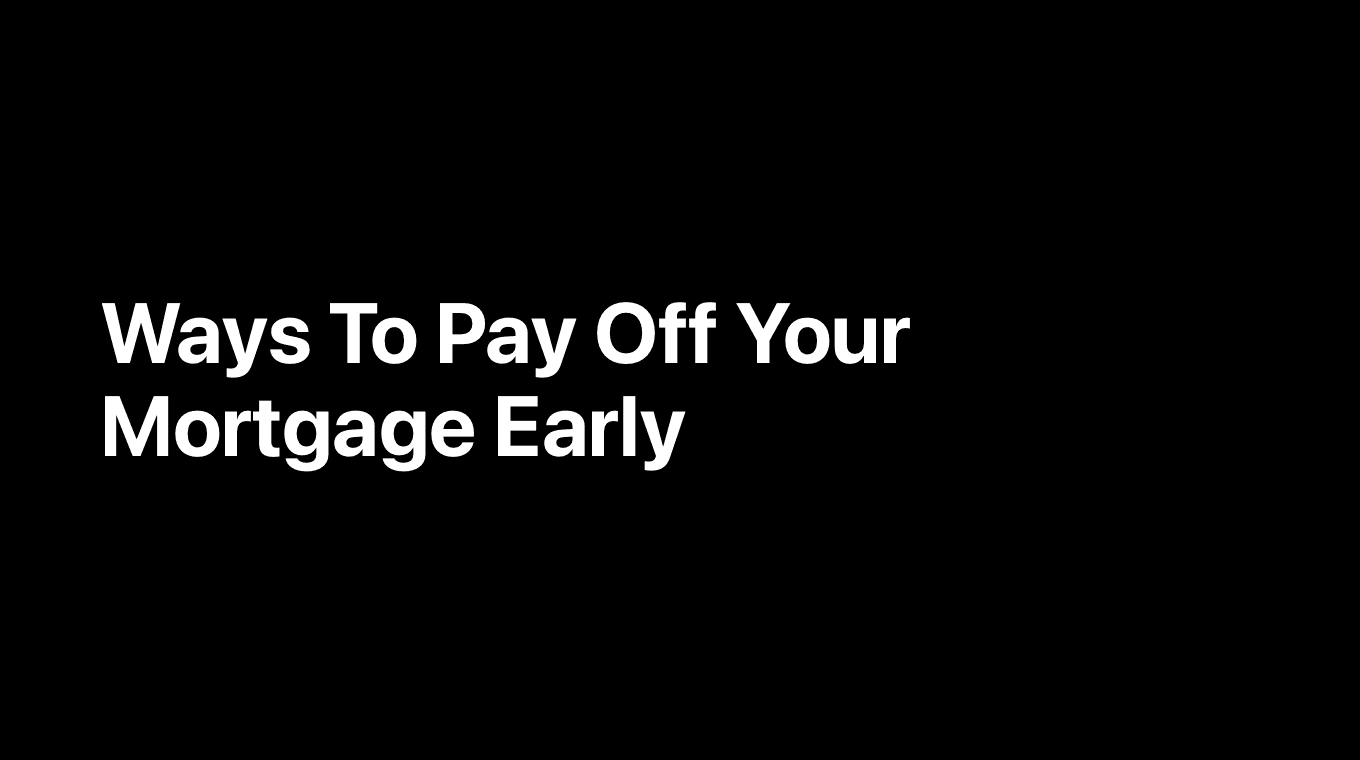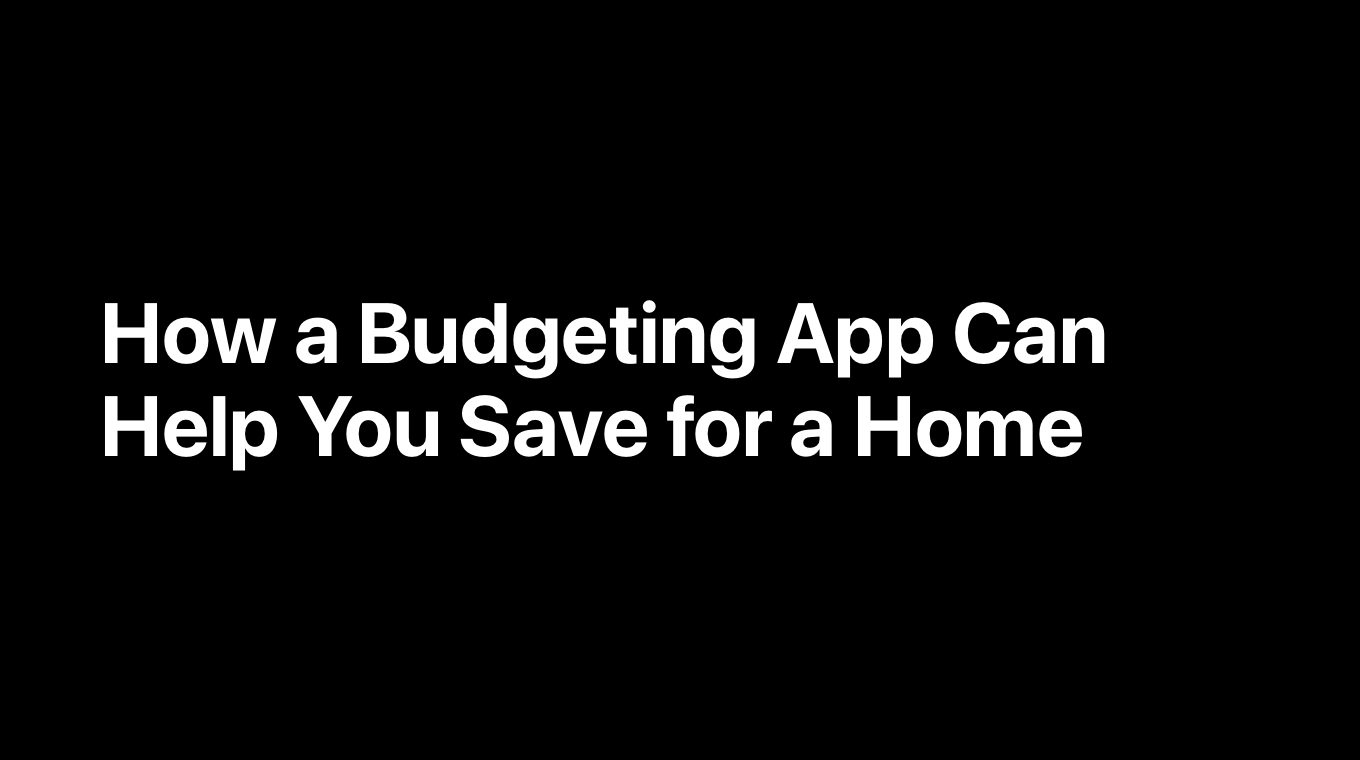
Paying extra on your mortgage can be a good idea. It can shave years off your home loan and save tens of thousands of dollars in interest charges. The one thing you should not do, however, is sign-up for an accelerated payment plan from a mortgage service company that costs hundreds of dollars. There are better ways to cut that home loan down to size and here are some easy ways.
1. Make bi-weekly payments
Some mortgages offer an accelerated, biweekly payment schedule, which is a great strategy. Biweekly payments aren’t magic—they simply take advantage of the fact that there are 13 weeks in each quarter, not 12, and there are 52 weeks in a year, not 48.
By paying one half of your mortgage payment every other week, you end up making one extra full payment each year. This strategy works especially well if you get paid every other week, so the biweekly loan payments occur close to each payday.
2. Make an extra payment each year
If you can’t get a mortgage lender to apply for biweekly payments as you send them, make one extra payment a year that gets fully applied to your principal balance.
Let’s say your monthly mortgage payment for principal and interest is $1,200. Divide that over 12 months and save $100 per month. At the end of the year, you’ve got a nice extra amount to send.
3. Round up your payments
In case don’t have too much extra money to put towards paying off your mortgage early, maybe you could simply round up your monthly payments.
For instance, if your payment is $970, why not just pay $1,000? Again, be sure to indicate that the extra should go toward paying down your principal balance.
4. Refinance
One way to pay off a mortgage faster is to refinance at a lower interest rate, for a shorter term, or both. Keep an eye on rates and seriously consider refinancing if they fall at least one percent below the rate you’re currently paying.
If you refinance for a lower rate, you could continue paying your old, higher payment, sending the extra to your principal. The amount you’ll save depends on your situation but could be thousands and it would probably shave years off your loan term.
If you refinance for a shorter term, such as 15 years, the payments will be higher, so make sure you can afford it. A shorter term significantly cuts the amount of interest you pay in addition to getting out of debt sooner—but gives you less flexibility if your financial situation changes.
To get the effect of a shorter term, without the risk, just make payments as if you had a 15-year loan. That puts you in control, not the lender. Simply use an online calculator to get the payment you’d need to make to pay off the loan in the timeframe you want.
5. Set a target payoff date
If you want to be mortgage free—such as on your 50th birthday, when your kids are finally out of the house, or when you retire—set up a specific day and start making payments until you get close to your target.




